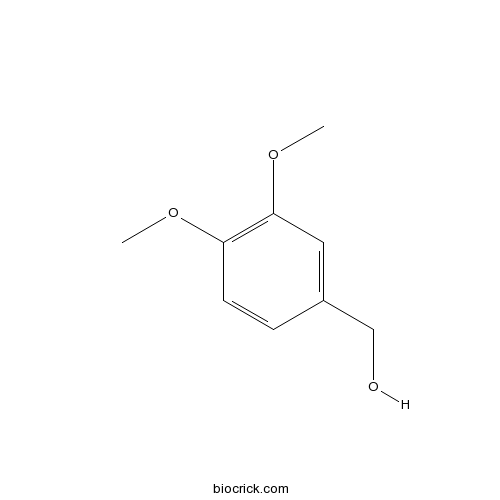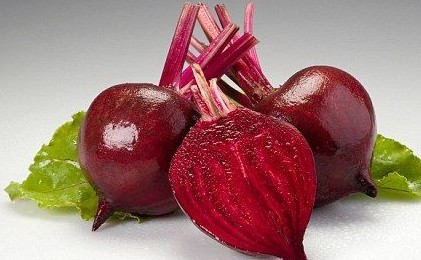Beta vulgaris L.
Beta vulgaris L.
The beet (Beta vulgaris) is a plant in the Chenopodiaceae family which is now included in Amaranthaceae family. It is best known in its numerous cultivated varieties, the most well known of which is the purple root vegetable known as the beetroot or garden beet. Beta vulgaris is a herbaceous biennial or, rarely, perennial plant with leafy stems growing to 1–2 m tall. The roots and leaves of the beet have been used in folk medicine to treat a wide variety of ailments. Ancient Romans used beetroot as a treatment for fevers and constipation, amongst other ailments. Apicius in De re coquinaria gives five recipes for soups to be given as a laxative, three of which feature the root of beet. Hippocrates advocated the use of beet leaves as binding for wounds. All parts of the beet plant contain oxalic acid. Beet greens and Swiss chard are both considered high oxalate foods which have been implicated on the formation of kidney stones. Commonly cultivated. in China [native to N Africa, SW Asia, and Europe; widely cultivated].
Products from Beta vulgaris L.
- Cat.No. Product Name CAS Number COA
-
BCN6304
Betaine hydrochloride 590-46-5
PDF
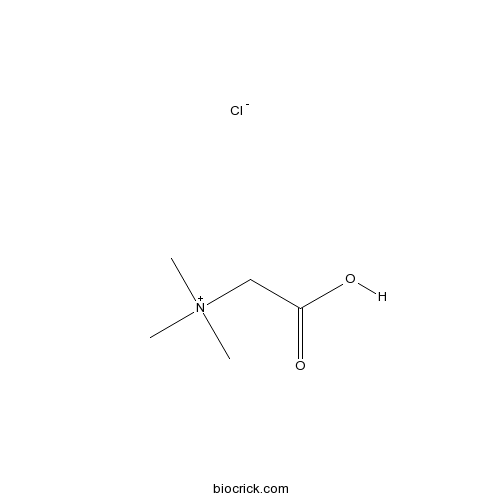
-
BCN6303
Betaine 107-43-7
PDF
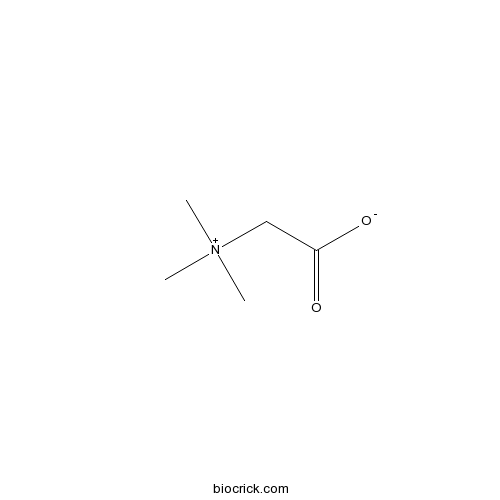
-
BCN5374
Citric acid 77-92-9
PDF
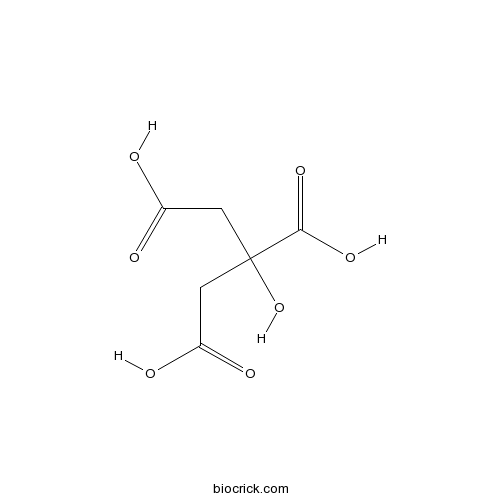
-
BCN4965
Beta-Carotene 7235-40-7
PDF
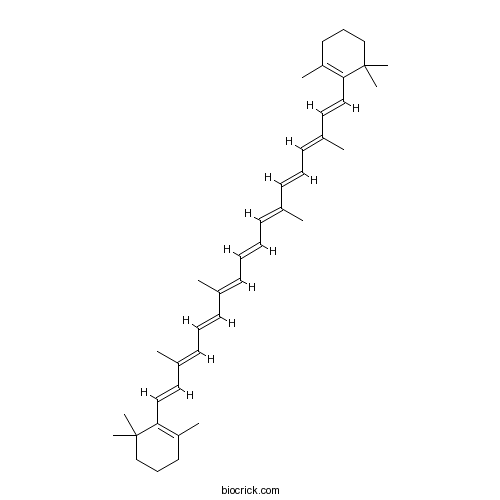
-
BCN5337
Tricine 5704-04-1
PDF
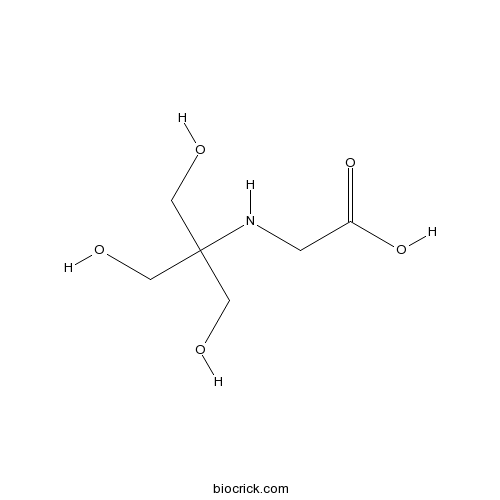
-
BCN3841
Inosine 58-63-9
PDF
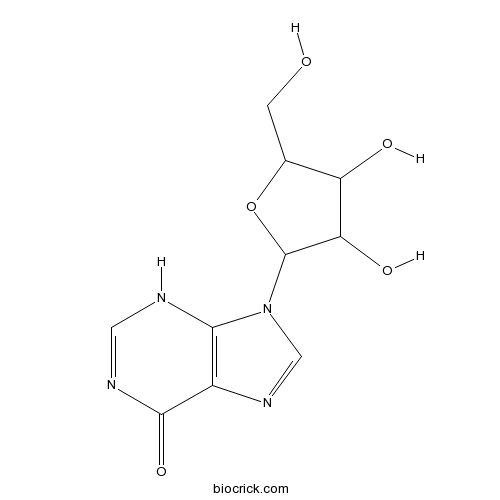
-
BCN2605
Vanillin 121-33-5
PDF
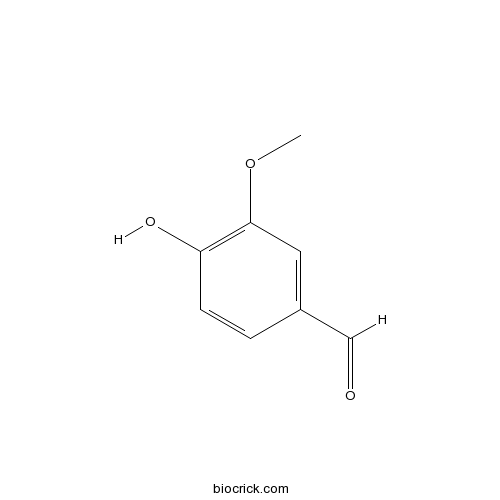
-
BCN2721
3,4-Dimethoxybenzyl Alcohol 93-03-8
PDF
